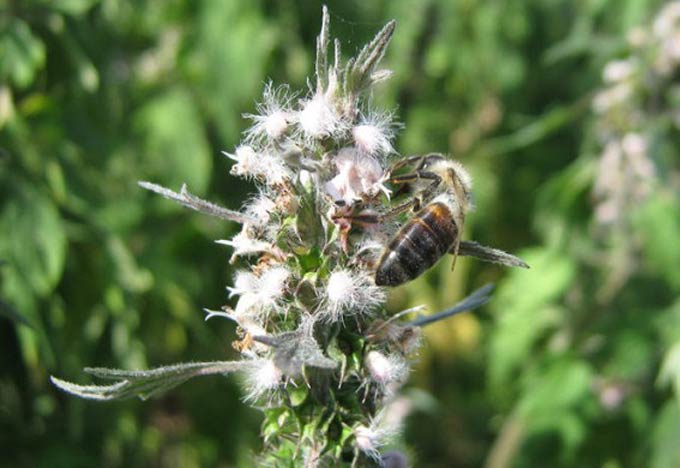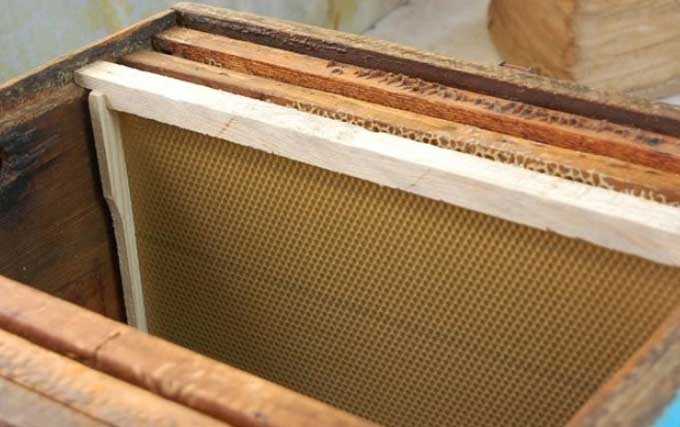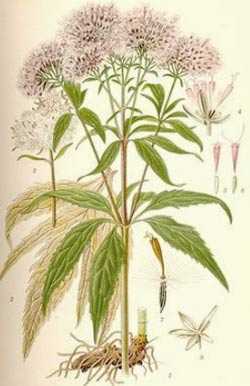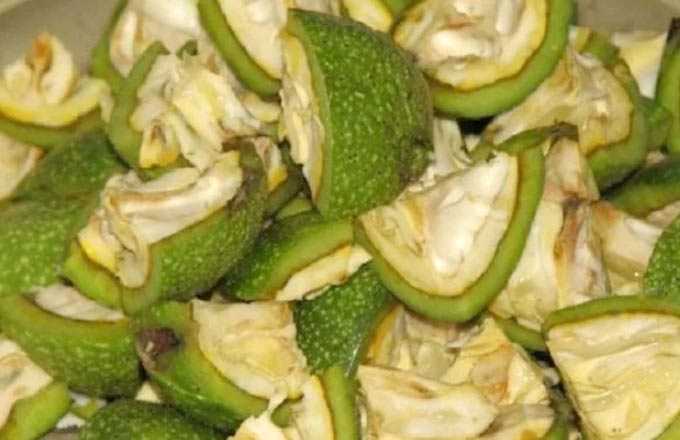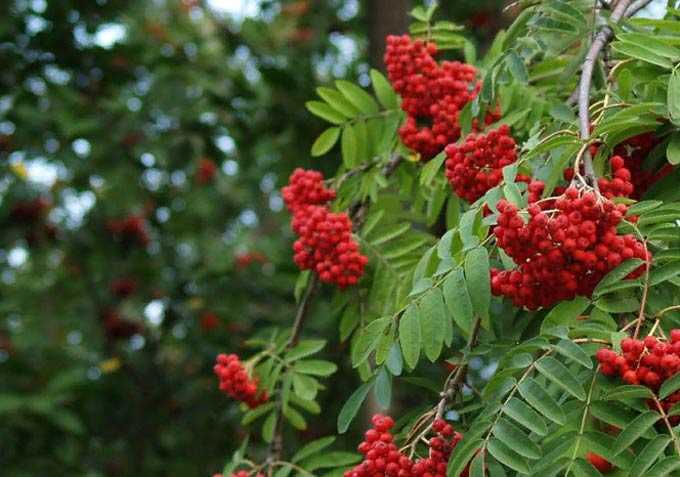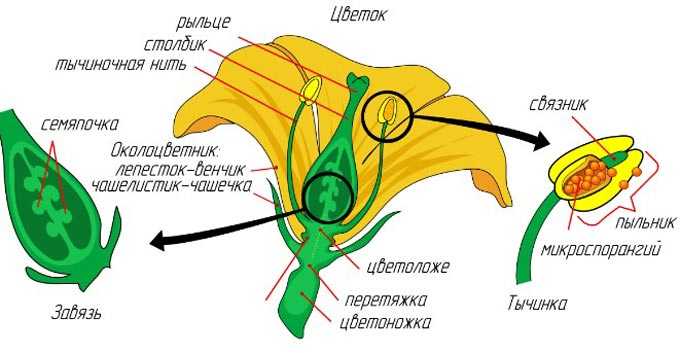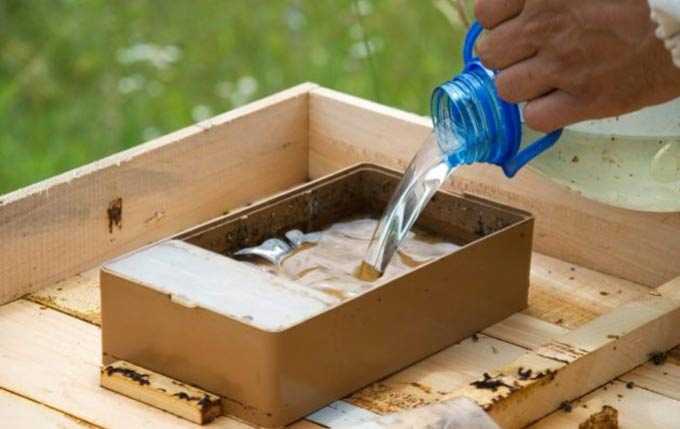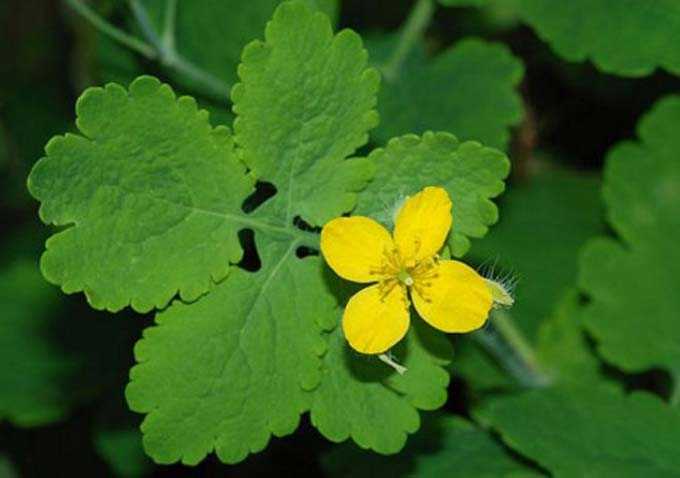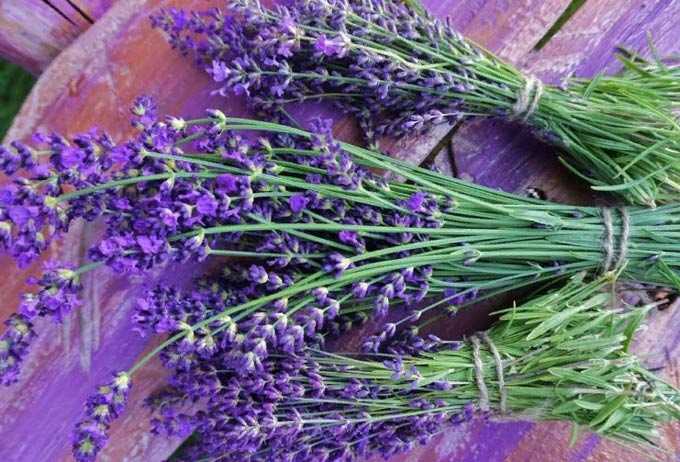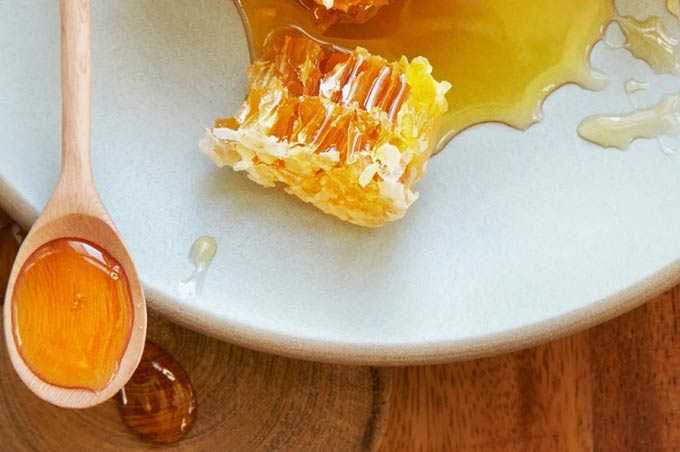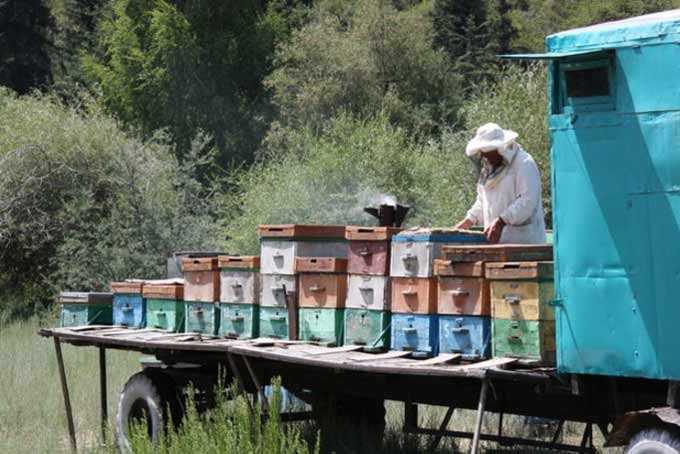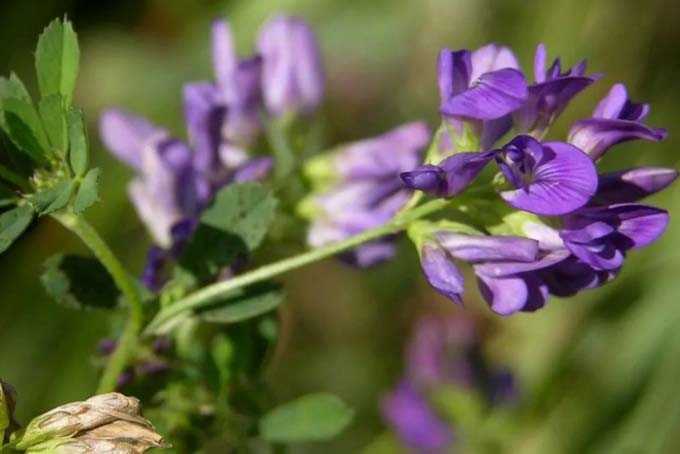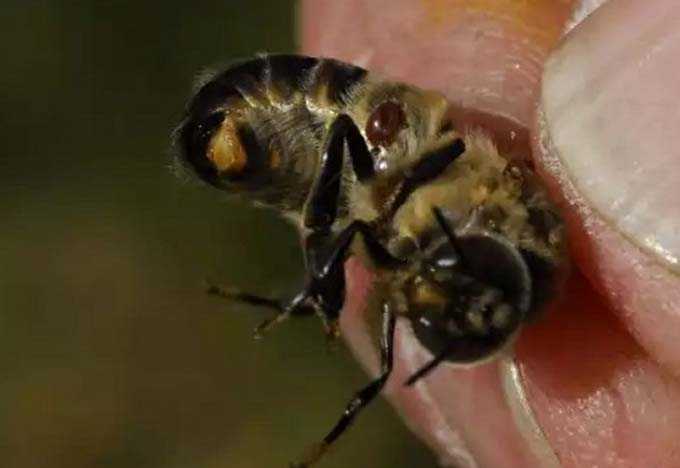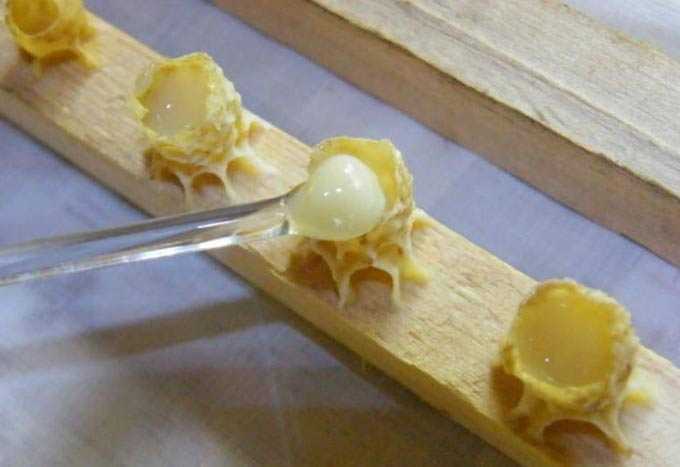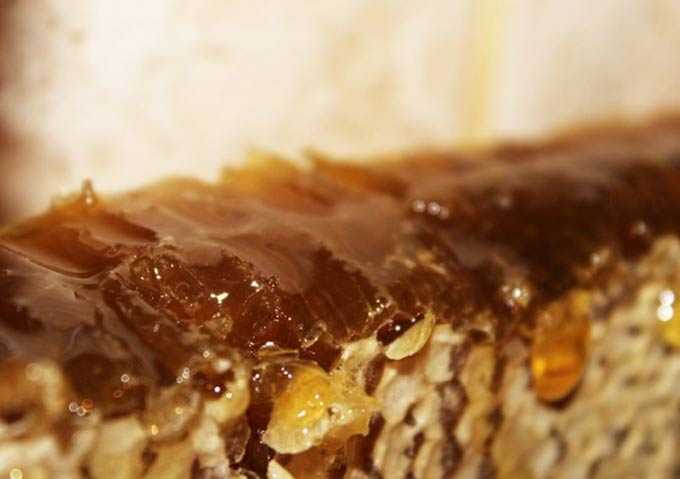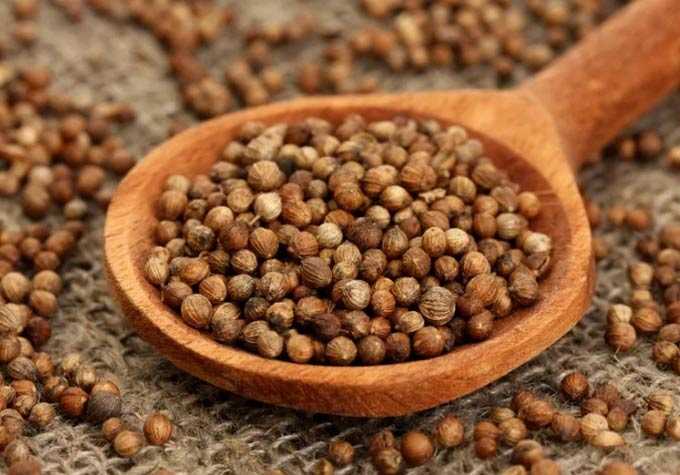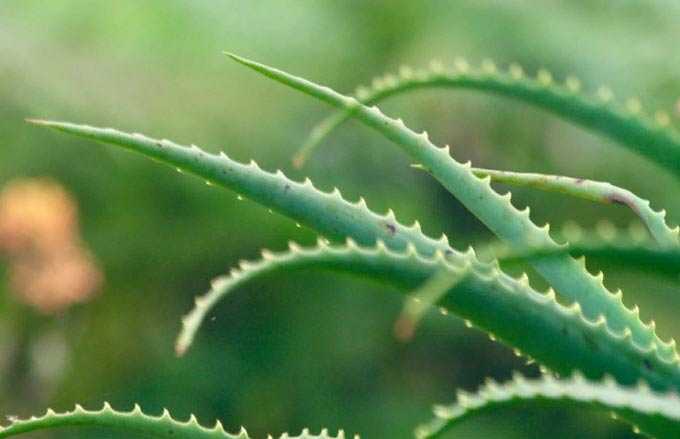Motherwort melliferous plant belongs to herbaceous perennials of the Yaroslavl family. It is a cross-pollinated plant that depends on the activity of bees and other insects. Differs in high nectar productivity. The variety of honey obtained from this honey plant is highly valued in folk medicine.
The content of the article
- 1 Description and distribution
- 1.1 Types
- 2 Agrotechnics
- 3 Honey productivity
- 4 Useful Properties
Description and distribution
Motherwort are found in the wild in many areas of the European part of our continent, as well as in the Caucasus. The grass prefers garbage places, wastelands, inconvenience.
Types
There are two main types of motherwort that are valuable for apiaries:
Five-bladed view grows exclusively at inconvenience, bypassing arable land and vegetable gardens. This is a typical wild forest-steppe melliferous plant, the thickets of which can be found in wastelands, along sewers, near fences and various buildings, for example, in areas near sheds and sheds.
This is a tall grass with hollow tetrahedral stems covered with fine hairs. Its leaves are dissected into wedge-shaped lobes. The flowers are pink-purple or pure pink in color. They are quite small in size.
Flowering takes a long period from June to September, that is, this honey plant is important enough to maintain the viability of bee colonies. The plant is unpretentious and drought-resistant.
The species known as the cordial motherwort also prefers forest-steppe regions. This perennial plant is found in wastelands and weedy places.
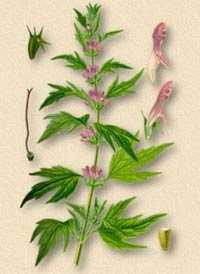
The flowers are pale pink, concentrated on the tops of the stems and lateral branches – whorls containing 10-20 flowers each are located here. After flowering, peculiar fruits are formed in the form of olive-colored nuts.
The flowering period lasts from June to the end of July. The plant is unpretentious, tolerates the absence of precipitation well.
Agrotechnics
Grass can be planted near apiaries on almost any soil. In one area, the honey plant has been growing for several years, starting to bloom actively from the second year of life. Some plants can bloom in the first year.
Reproduction is done by seeds. Previously, during a month, stratification is carried out at temperatures from zero to -4 degrees.
In the ground, seeds before winter or early spring. Sow them in rows or in continuous.
Honey productivity
Motherwort is a kind of honey plant. It produces a lot of nectar even in dry years, but almost no pollen.
Productivity depends on the variety. Motherwort honey plant, bringing an average of 200-240 kilograms of marketable honey per hectare. And its five-bladed variety in warm and humid weather is capable of providing up to 300 kg per hectare.
The pumped out honey is quite light (almost colorless or straw-yellow), has a specific aroma – pleasant and not very harsh.
Useful Properties
The collected nectar is high-sugar – each flower produces from 0,1 to 0,6 mg of sugar per day. At the same time, up to 2,5 thousand such flowers bloom on individual plants. This productivity and high sugar content is one of the main reasons why this herb is considered the most valuable honey plant.
Motherwort honey in folk medicine is shown:
- in the treatment of the cardiovascular system;
- and for diseases of the nervous system.
These are the main areas of medical use, but at the same time, motherwort honey can be successfully used in home cosmetology, as well as a general tonic and food supplement to the daily diet.
Note: It is used with caution inside if you are intolerant of any bee products!
